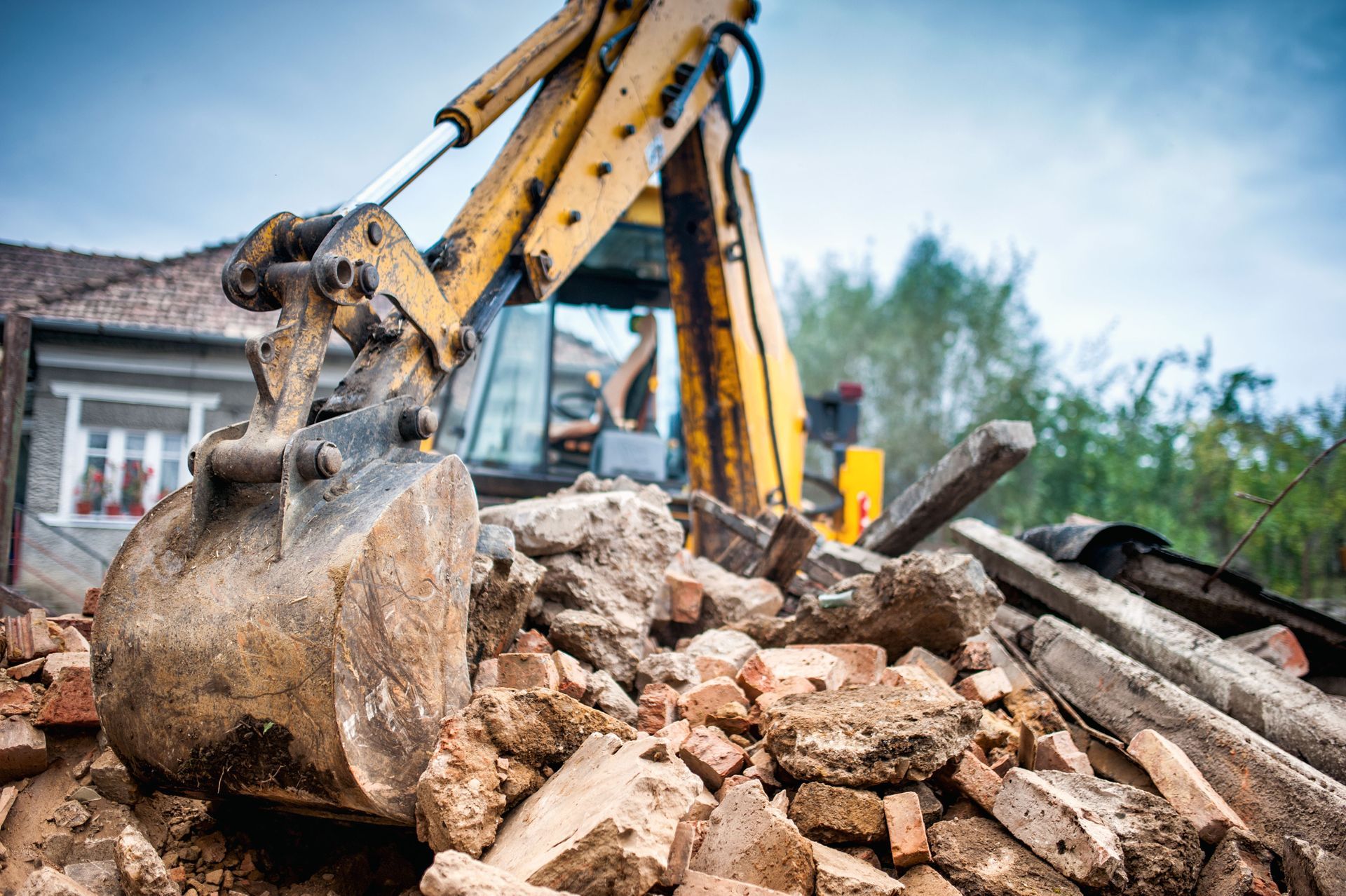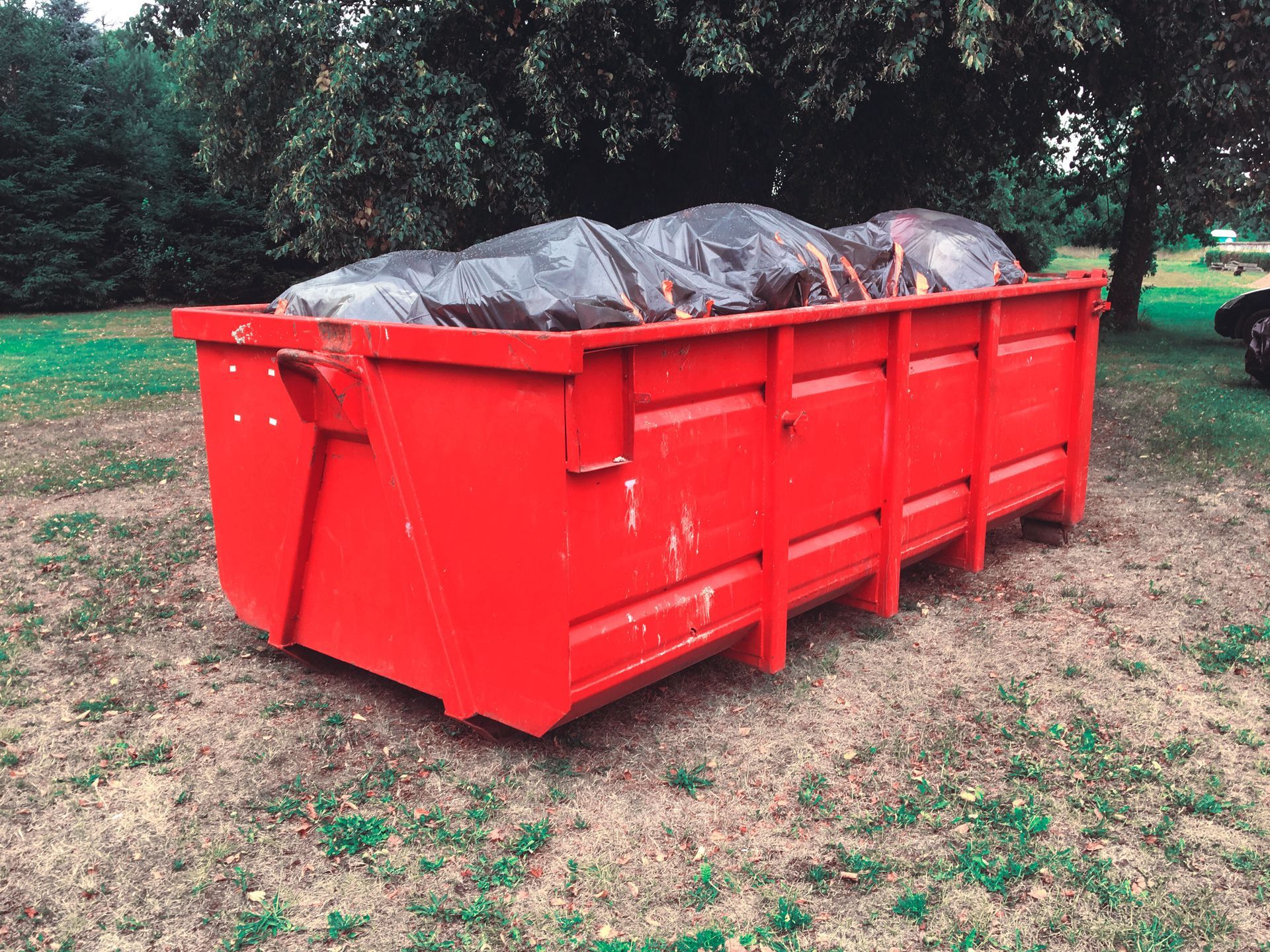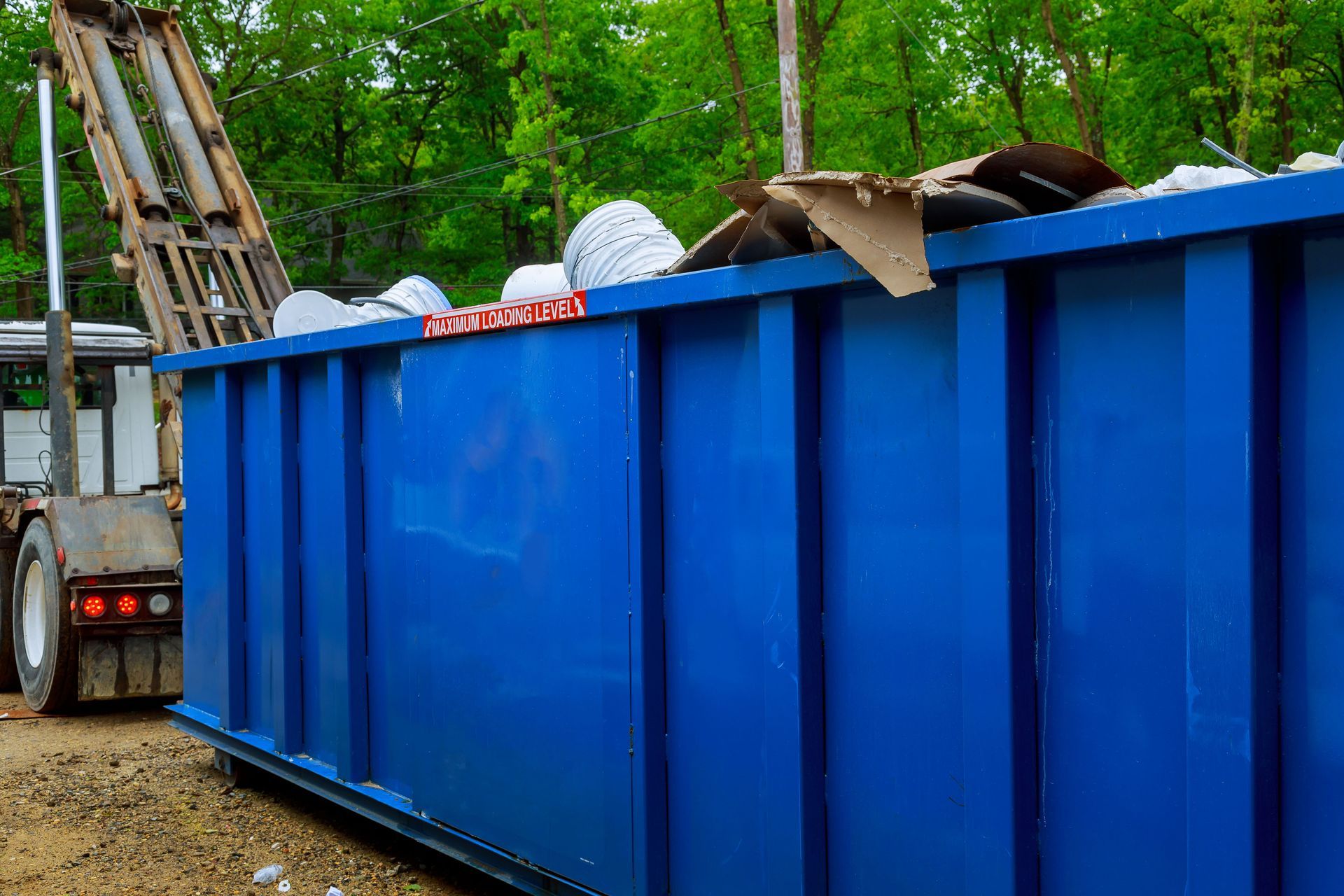How Homeowners Can Save on Renovation Costs by Recycling Construction Materials
Renovating a home can be an exciting journey, but it often comes with a hefty price tag. Many homeowners are searching for ways to reduce expenses without compromising on quality or style. One often-overlooked strategy is recycling construction materials. By reusing and repurposing materials from renovations, homeowners can cut costs, minimize environmental impact, and even create unique design elements in their spaces. Construction recycling is not just a sustainable practice—it's also a practical approach to managing budgets during home improvement projects.
Understanding the benefits of construction recycling is key to unlocking savings while contributing to greener, more sustainable communities. From reducing disposal fees to acquiring affordable materials, the advantages are substantial. In this blog, we'll explore how homeowners can effectively integrate recycled materials into renovation projects, the types of materials that are most suitable, and practical tips for making construction recycling work efficiently.
Understanding Construction Recycling and Its Impact
Construction recycling refers to the process of diverting construction and demolition waste from landfills and repurposing it into usable materials for future projects. Materials such as wood, metal, concrete, bricks, tiles, and glass can all be recycled or reused to varying degrees. For homeowners, this practice provides both financial and environmental benefits.
One of the most significant ways construction recycling saves money is by reducing disposal costs. Landfill tipping fees can quickly add up during a major renovation, especially if large quantities of debris, old cabinetry, or concrete are removed. Instead of paying high fees to dispose of these materials, recycling options offer homeowners an opportunity to reclaim value from items that would otherwise be discarded.
Additionally, recycled materials can be acquired at a fraction of the cost of new products. Salvage yards, online marketplaces, and even community exchange programs provide affordable options for flooring, cabinets, doors, and fixtures. Many homeowners are discovering that these recycled items can often match—or even exceed—the quality and aesthetic of brand-new materials.
Reducing Waste Disposal Fees Through Recycling
One of the first ways homeowners can save money is by cutting down on waste disposal fees. When renovating, a significant portion of expenses can come from hauling away old materials and paying landfill fees. Construction recycling provides an alternative by diverting reusable items from waste streams.
For example, old timber can be repurposed for shelving, framing, or decorative accents. Metal scraps can be collected and sold to local recycling centers. Concrete and brick can be crushed and used as fill material for landscaping projects. By identifying which items can be recycled or reused, homeowners not only save on disposal costs but also contribute to reducing overall construction waste in their communities.
According to GM Insights, the residential segment of the construction waste market made up around 40.6% revenue share in 2024, increasing at a projected rate of 5.6% from 2025-2034. This growth indicates that more homeowners and contractors are recognizing the financial and environmental benefits of diverting construction debris from landfills through recycling initiatives.
Incorporating Recycled Materials Into Design
Beyond financial savings, recycled construction materials can add distinctive character to a home. Many designers and homeowners are discovering that reclaimed wood, vintage fixtures, and salvaged metal contribute to unique, personalized interiors that stand out from conventional renovations.
For instance, reclaimed wood beams can become a striking feature in a living room or kitchen, offering warmth and texture that new lumber cannot replicate. Old doors can be converted into stylish headboards or sliding barn doors, while metal pipes and fittings can be used for industrial-style shelving or lighting. Using recycled materials creatively not only reduces costs but also allows homeowners to achieve design results that are both functional and aesthetically pleasing.
By embracing the potential of recycled materials, homeowners can challenge traditional renovation approaches and create spaces that are environmentally responsible, cost-effective, and visually distinctive.
Planning for Efficient Material Recovery
To maximize the benefits of construction recycling, careful planning is essential. Homeowners should assess which materials will be removed during renovations and determine which can be salvaged, recycled, or sold.
Sorting materials on-site can improve efficiency and reduce the risk of contamination. For example, keeping wood, metal, concrete, and tiles separate ensures that they are easier to process or sell. Some homeowners hire specialized recycling services to handle large volumes of construction debris, while others manage small-scale recovery themselves.
Budgeting for storage and transportation is also crucial. Reclaimed materials should be stored properly to prevent damage and maintain their usability. Planning ahead allows homeowners to incorporate construction recycling seamlessly into their renovation schedule, avoiding last-minute disposal costs and making the project more financially manageable.
Understanding Local Regulations and Incentives
Construction recycling can also be influenced by local regulations and incentives. Many municipalities offer rebates, tax incentives, or reduced disposal fees for homeowners who participate in recycling programs. Familiarizing oneself with these options can enhance savings during a renovation.
Local building codes may dictate how certain materials must be handled or reused, so consulting with municipal offices or professional recyclers is advisable. Being informed about regulations ensures that recycled materials are safely incorporated into the home while maximizing potential financial benefits. By leveraging local incentives and adhering to guidelines, homeowners can make construction recycling an integral, cost-effective component of their renovation plans.
Partnering With Professionals for Recycling Solutions
For complex projects, partnering with professionals who specialize in construction recycling can offer additional advantages. Contractors experienced in deconstruction and material recovery can identify items with resale or reuse value, manage logistics, and ensure compliance with environmental regulations.
Professionals can also provide guidance on the best ways to integrate recycled materials into modern home designs. This expertise minimizes waste, maximizes cost savings, and guarantees that reclaimed items meet structural and aesthetic standards. Collaborating with knowledgeable partners allows homeowners to benefit fully from construction recycling, achieving both economic and environmental goals without compromising quality.
Long-Term Benefits of Construction Recycling
The benefits of construction recycling extend beyond immediate cost savings. By reusing materials, homeowners contribute to reduced landfill waste, lower carbon emissions, and more sustainable resource management. Over time, these practices foster a culture of environmental responsibility while enhancing the value and character of the home.
Additionally, homeowners who incorporate recycled materials often enjoy increased resale appeal. Sustainable design features and environmentally conscious construction practices are increasingly valued in the real estate market. Buyers may be attracted to homes that demonstrate cost-effective and eco-friendly renovation practices, potentially providing a return on investment beyond the initial savings.
Construction recycling is a practical and sustainable strategy that enables homeowners to save money while promoting environmentally responsible renovation practices. From reducing disposal fees to sourcing affordable reclaimed materials, the opportunities for cost savings are extensive. Incorporating recycled wood, metal, concrete, and other materials into designs not only helps the planet but also adds unique character to living spaces.
By planning ahead, utilizing salvage yards and material exchanges, understanding local regulations, and working with professionals when needed, homeowners can make construction recycling an integral part of their renovation projects. As the residential segment of the construction waste market continues to grow, embracing recycling practices will not only help homeowners save money but also contribute to a greener, more sustainable future for communities everywhere.
Through thoughtful planning and creative use of recycled materials, homeowners can enjoy successful renovations that are cost-effective, environmentally responsible, and visually distinctive. Construction recycling is more than a financial strategy—it is a practical approach to modern homeownership that supports both budgetary and ecological goals. Contact us at Debris Box to get started with our services today.





Share On: